1. Getting off the beaten track
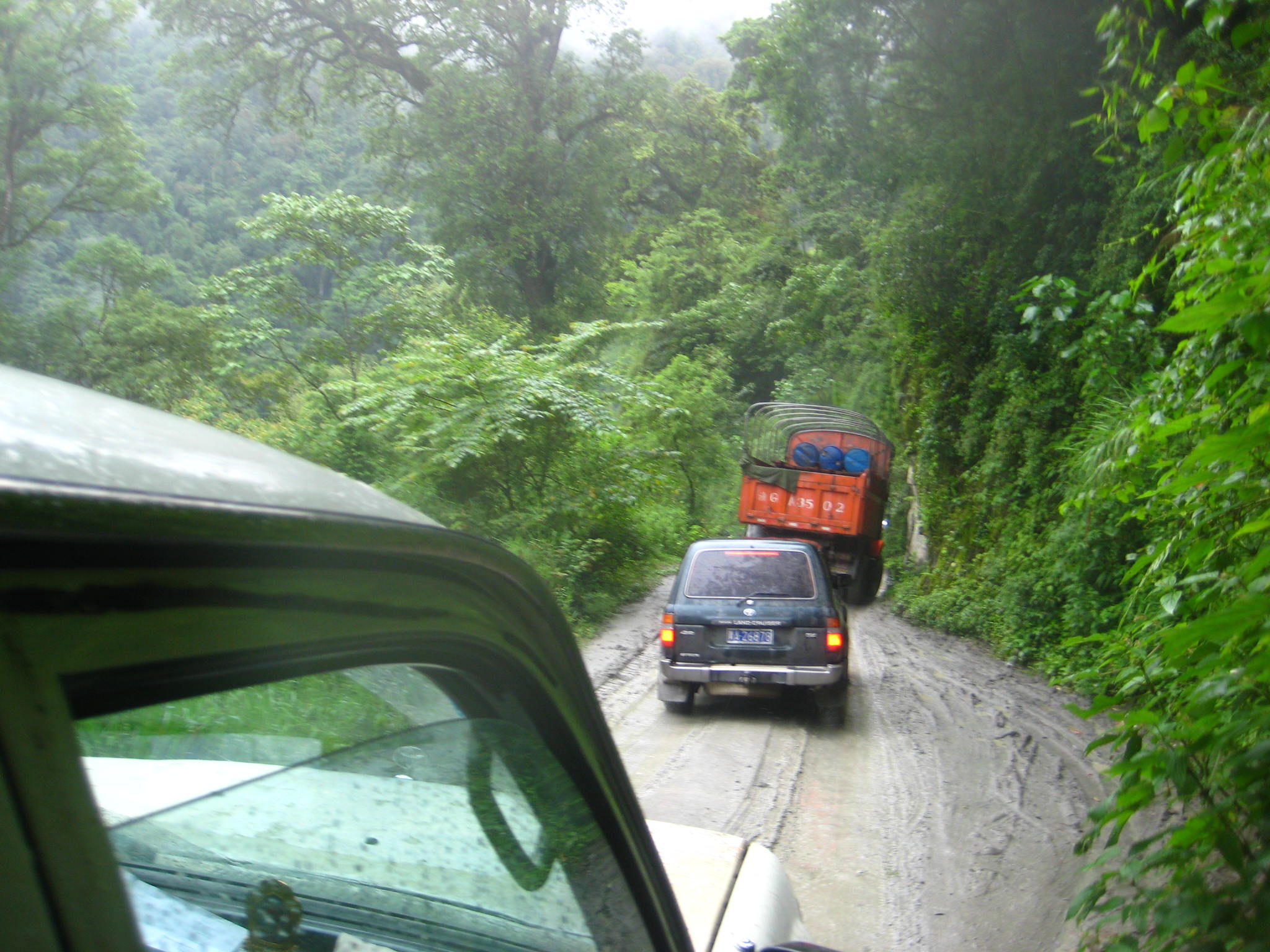
The southern Sichuan-Tibet Highway. Image by Daniel McCrohan / londoninfopage.
Roads are improving out this way, but there are still long stretches of unmade dirt tracks that turn into mud baths as soon as it rains. Worst-case scenario: landslides. Best-case: an uncomfortably bumpy ride. But, hey, tarmac would be too easy, wouldn't it?
2. Lush, green and gorgeous
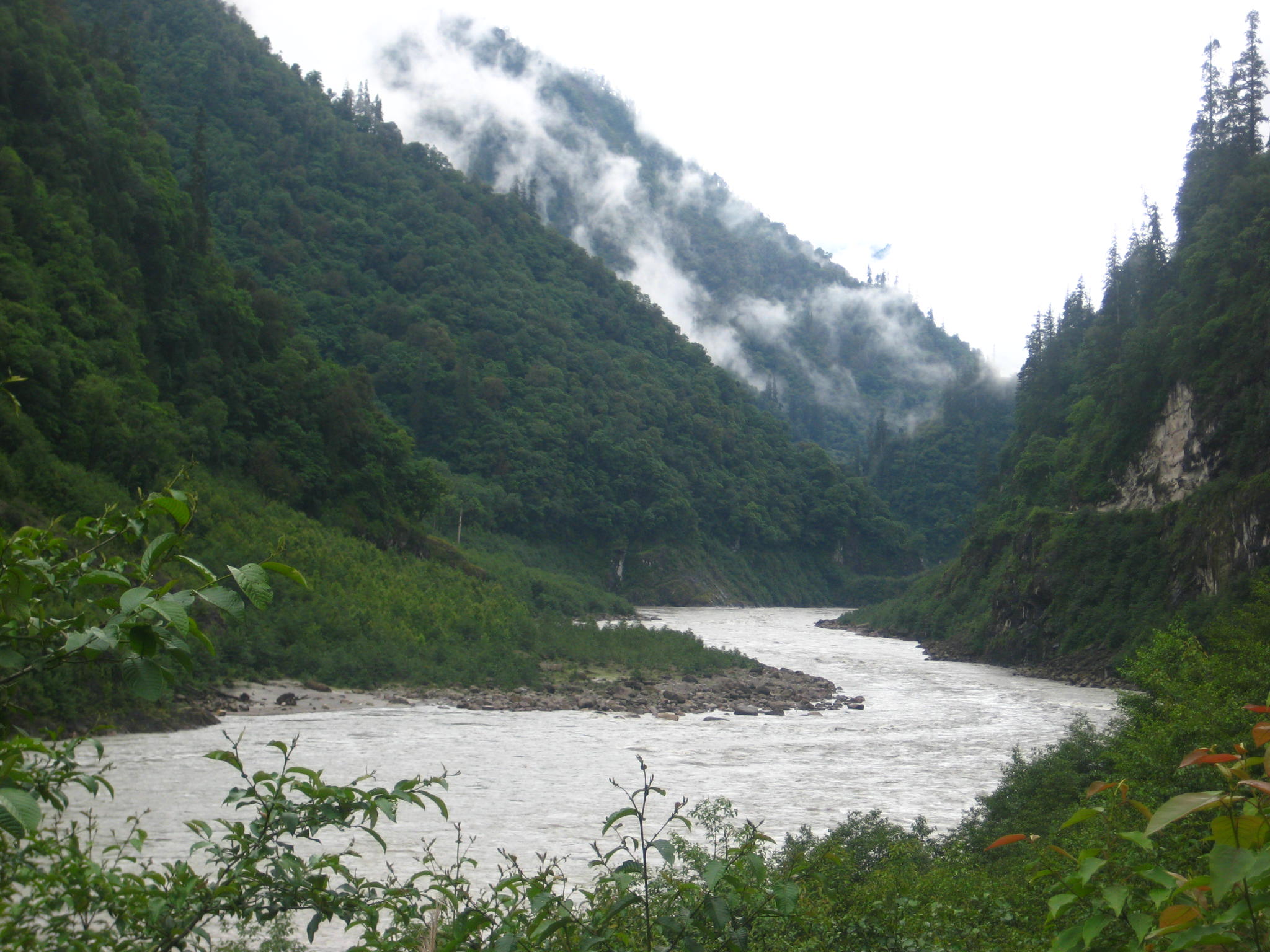
Nyang-chu River. Image by Daniel McCrohan / londoninfopage.
If the vast, desert-like Tibetan-plateau landscape doesn't rock your boat, head east to find sub-tropical Tibet: dripping-wet forests, raging rivers and towering gorges. This is the face you never knew Tibet had.
3. The coolest guesthouse in Tibet?
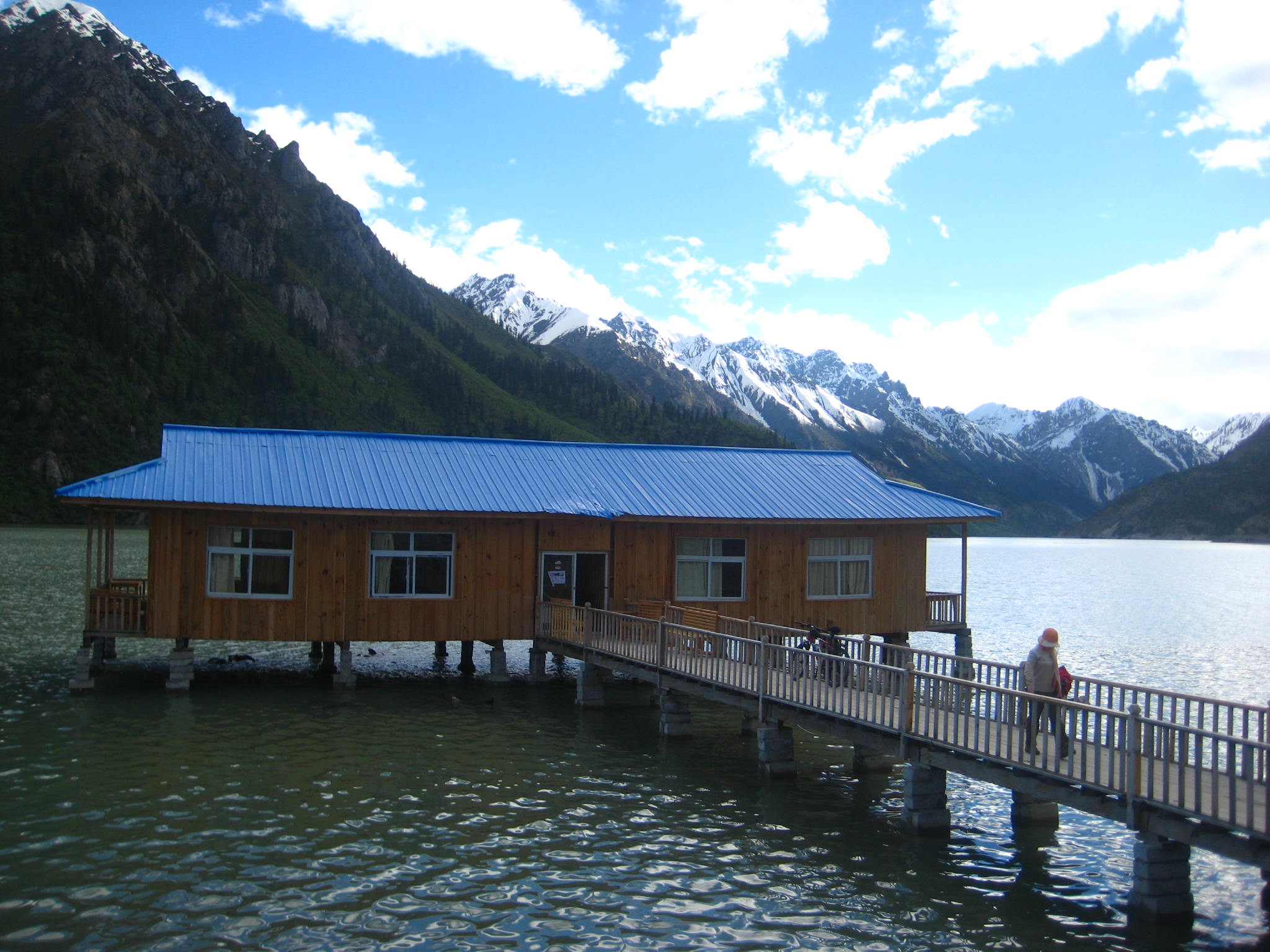
Sleeping on Ngan-tso Lake. Image by Daniel McCrohan / londoninfopage.
The picture says it all really. This dream-come-true guesthouse on the outskirts of Rawok has to be the coolest place to stay in all of Tibet. Not only do you get incredible views of Ngan-tso Lake and the surrounding snow-capped mountains but the rooms are cheap (about Y100 for a double, or Y50 for a bed in a dorm) and they all have wifi.
4. Tashigang Village
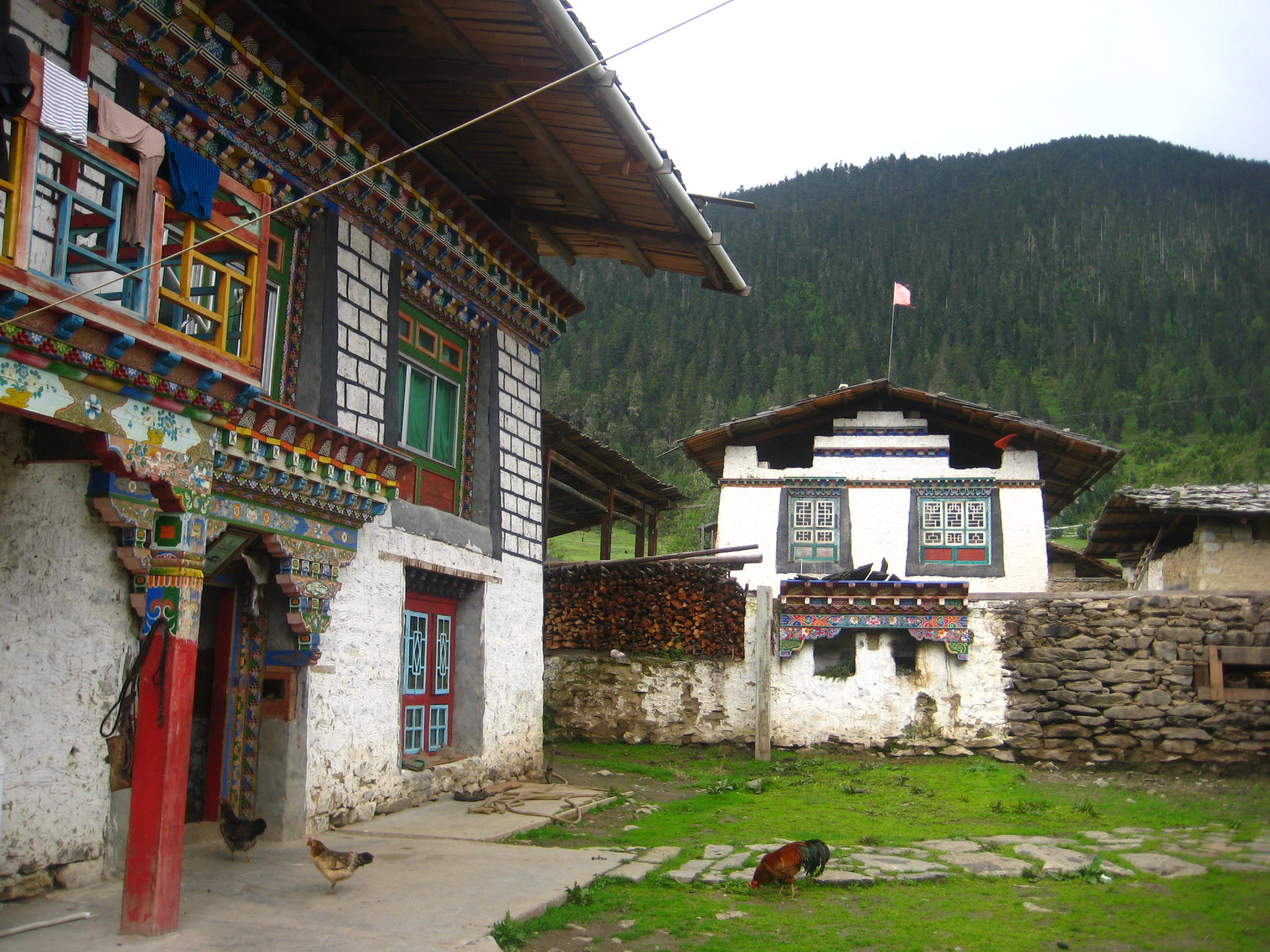
Traditional stone homes in Tashigang Village. Image by Daniel McCrohan / londoninfopage.
This simple farming village, a short walk from Lunang, is bursting with rustic charm and offers a rare chance to stay with a Tibetan family in a traditional Tibetan stone house. Six of the villagers here have turned their wonderful homes into family guesthouses and all offer cheap beds, home-cooked meals and even a hot shower! The surrounding countryside - fields of barley and rapeseed leading to pinewood forests - is perfect for hiking. If that's too energetic for you, find a villager willing to rent you their horse for an hour or two, and trit-trot your way into the hills.
5. Hiking the Bonri kora
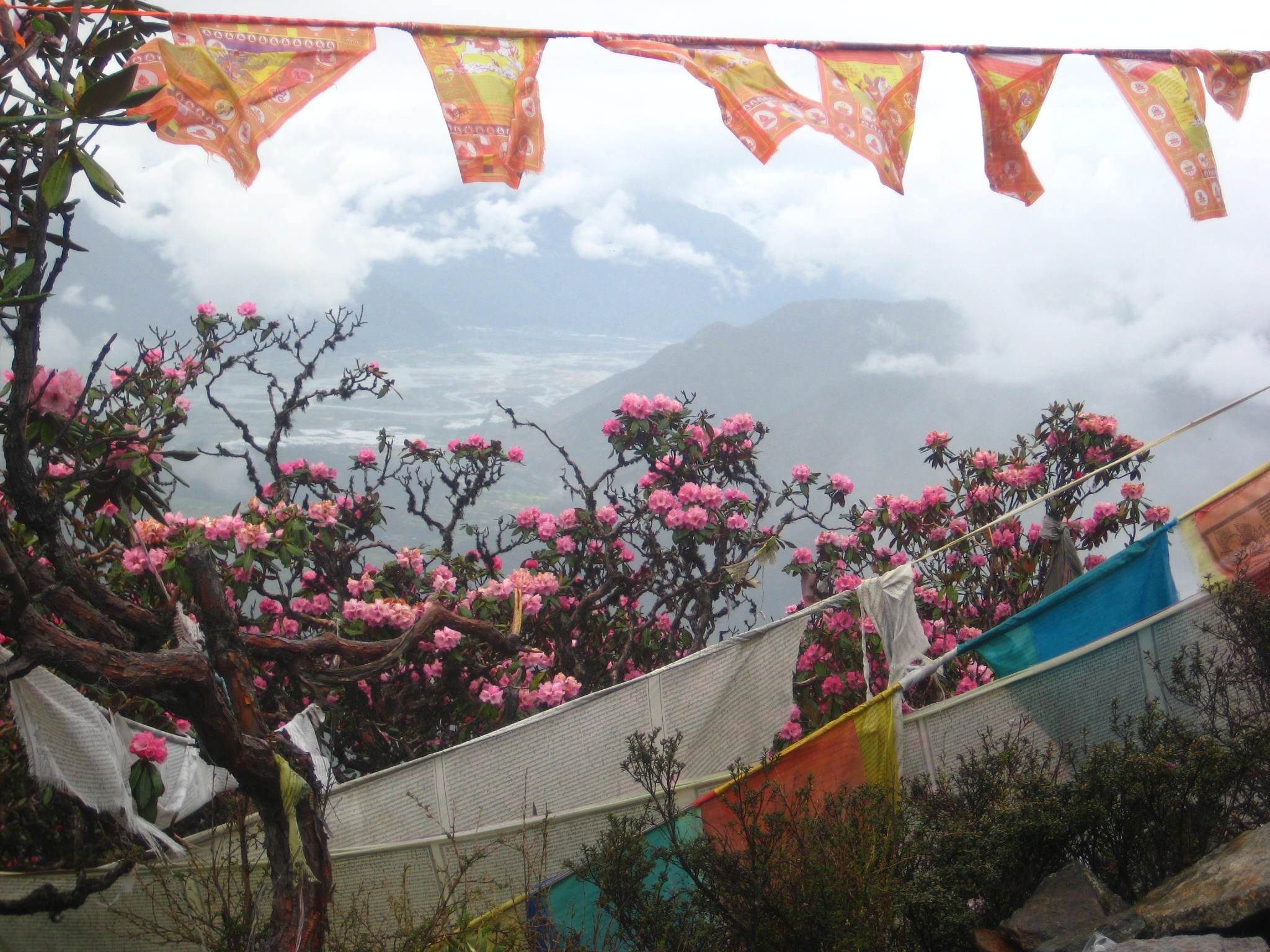
Prayer flags and rhododendrons on top of Bonri. Image by Daniel McCrohan / londoninfopage.
This fantastic holy hike (or?kora), around Bonri, the Bon people's most sacred mountain, used to take two or three days. But now a new road leads around the back of the mountain, so travellers and pilgrims alike can complete the most exhilarating section - up and over the Bonri pass - in around seven hours. It's still a tough slog, up steep trails and at altitudes approaching 5000m, but it's incredibly rewarding to follow pilgrims over such sacred ground through such fabulous scenery. Yaks graze on grasslands at the top, while the slopes lower down?are covered in blankets of rhododendrons. Get your driver to drop you at Mirui Village, then just follow the prayer flags, or the pilgrims, up and over the mountain until the trail meets the main highway where, with a bit of luck, your driver will be waiting for you.
6. Camping around Draksum-tso
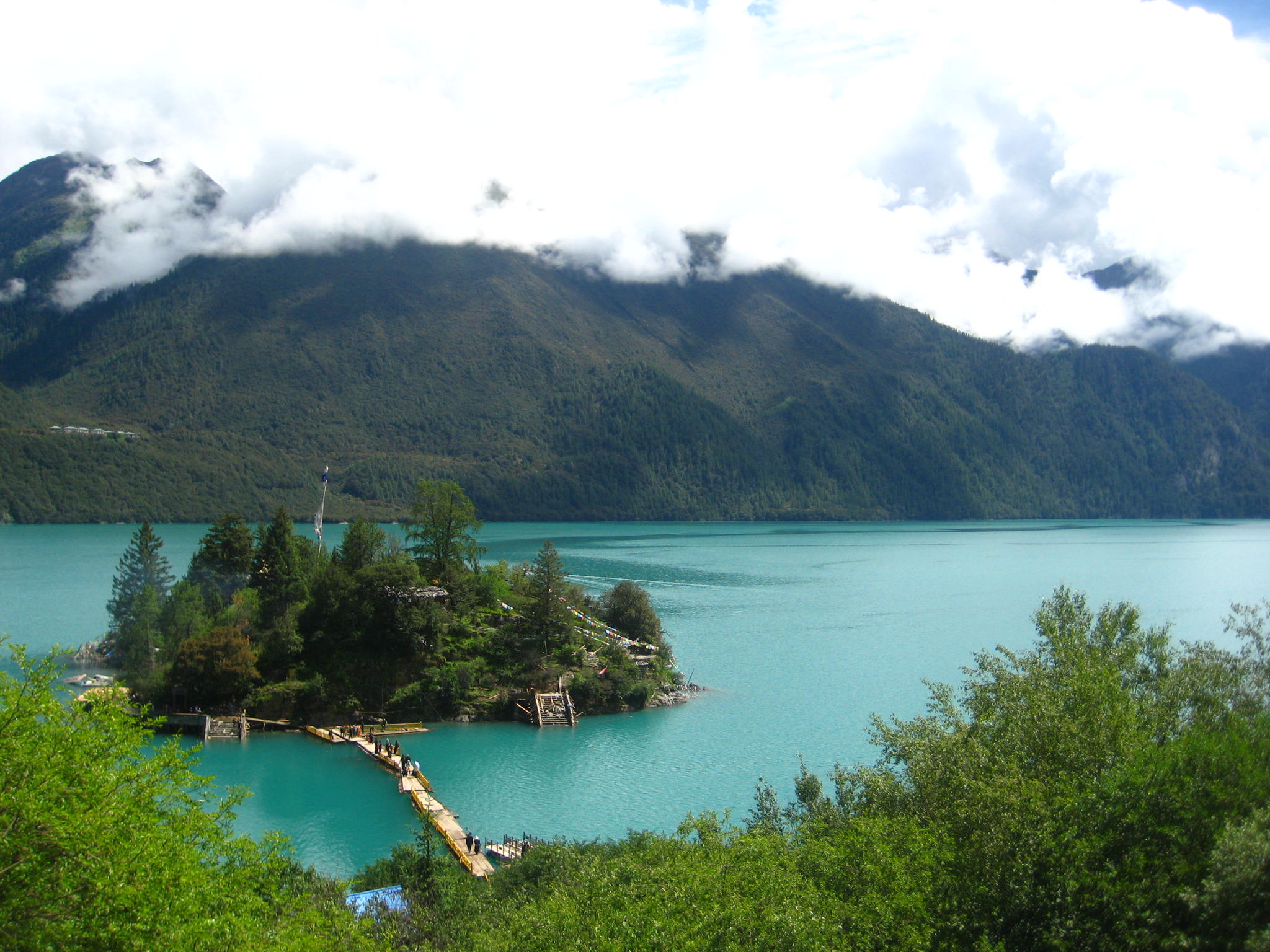
Tsodzong Monastery island on Draksum-tso. Image by Daniel McCrohan / londoninfopage.
It may cost Y100 just to see it these days, but Draksum-tso is still the most picturesque lake in eastern Tibet. Chinese tour groups love this place, and who can blame them. But if you want to get away from the crowds, bring a tent and walk clockwise round the lake from Tsodzong Monastery island (where the bus drops you off) until you get to a fabulous camping spot known as Qiuzi Dong. It should take about three hours, leaving you with about a four-hour hike in the morning to complete your circuit of the lake.
7. Not another Westerner in sight
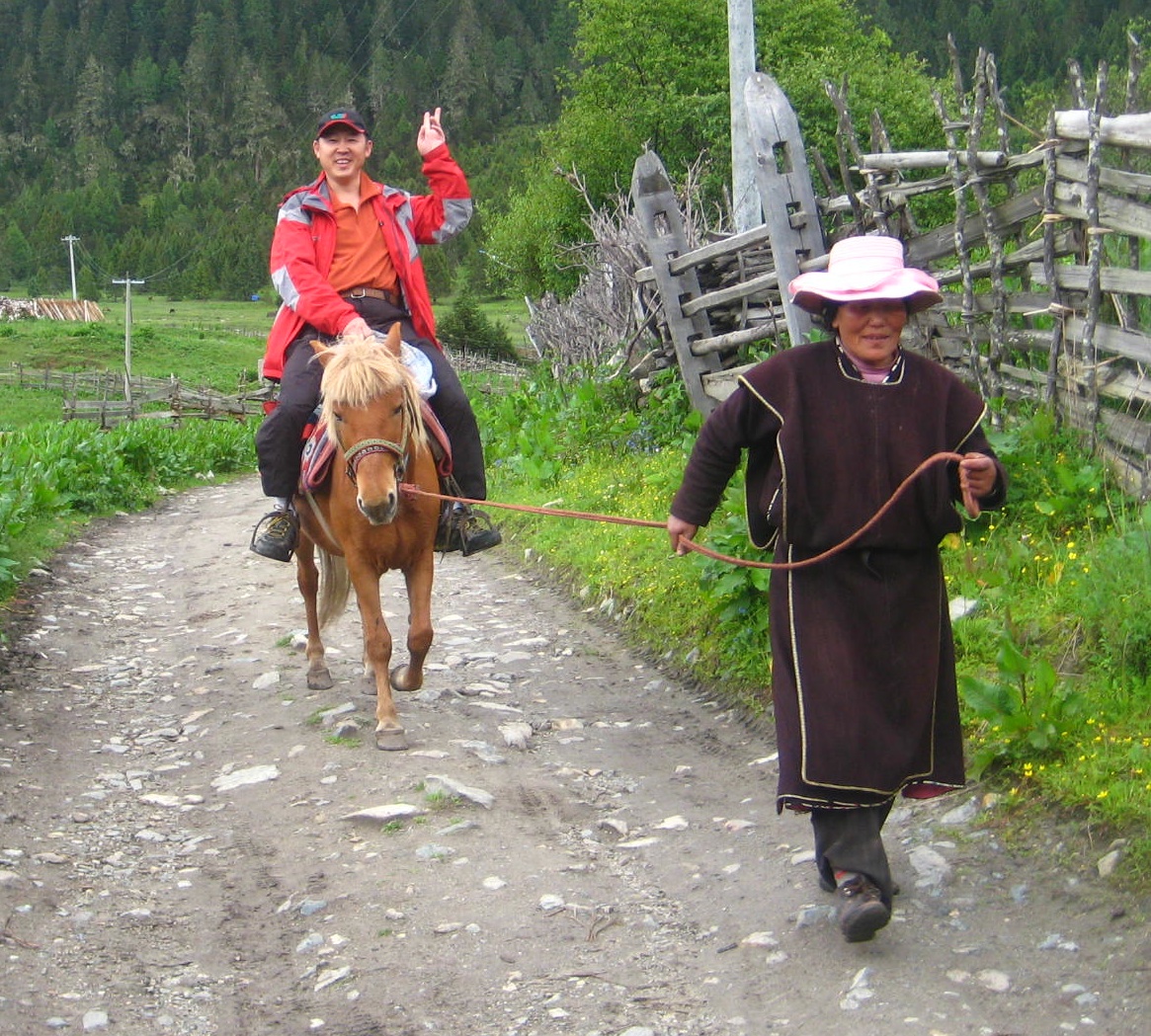
Chinese tourist enjoying the ride. Image by Daniel McCrohan / londoninfopage.